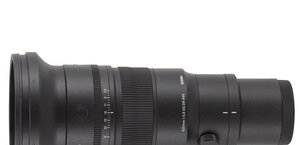Nikon Nikkor AF-S 70-200 mm f/2.8G IF-ED VR
3. Build quality and image stabilization
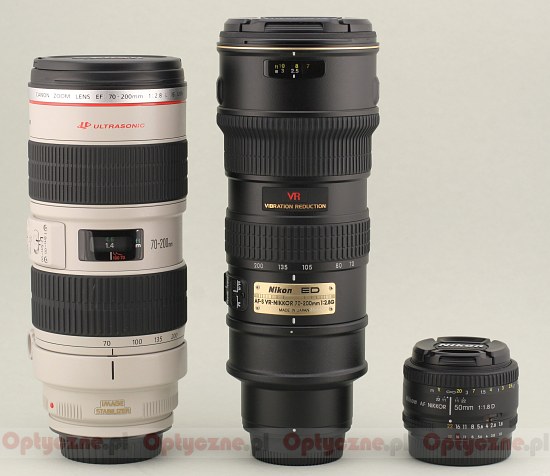 |
When it comes to the build quality the only thing you can have any objections to is the tripod adapter, which seems to be too delicate for such a solid and heavy lens barrel. Apart from that there are only advantages: a barrel which simply appears armoured, ended by a metal bayonet mount, closed and weather-sealed to boot as both zooming and focusing are performed by movements of parts inside the device.
Please Support UsIf you enjoy our reviews and articles, and you want us to continue our work please, support our website by donating through PayPal. The funds are going to be used for paying our editorial team, renting servers, and equipping our testing studio; only that way we will be able to continue providing you interesting content for free. |
- - - - - - - - - - - - - - - - - - - - - - - - - - - - - - - - - - - - - - - - - - - - - - - -
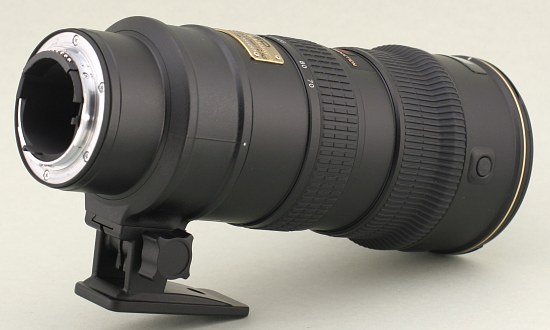 |
The distance scale was put in an interesting place, though. It is clear but it is situated on the very edge of the instrument. A far way below it there is a comfortable, big focusing ring below which there is a narrower but also comfortable zooming ring. Even lower and on the left you can find four switches – one for choosing the focusing mode, the second for choosing the range of AF (FULL and limited from 2.5 meters to infinity) and next two to operate the VR stabilization mechanism.
The lens ends with a non-rotating filter thread 77 mm in diameter - a typical value for this class of equipment. Significant differences, though, can be noticed when it comes to the minimum focus. The Nikkors 70-200 f/2.8 and 80-200 f/2.8 have the weakest results in this category, amounting to 1.5 meters; the stabilized Canon 70-200 f/2.8 is slightly better with minimum focus of 1.4 meters and the best fares the Sigma 70-200 mm f/2.8 EX APO DG HSM Macro with the minimum focus distance of only 1 meter.
When it comes to the inner construction the Nikkor 70-200 f/2.8 VR is more complex than its predecessor and the Sigma or the Tamron because it boasts the stabilization mechanism. Overall inside we can find as many as 21 elements positioned in 15 groups; as many as five of them were made of low-dispersion ED glass. Exactly because of that the Nikkor can have less elements than the rival Canon and can be physically lighter.
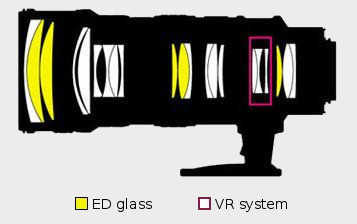
The buyer gets a solid case and a petal-type lens hood included in box.
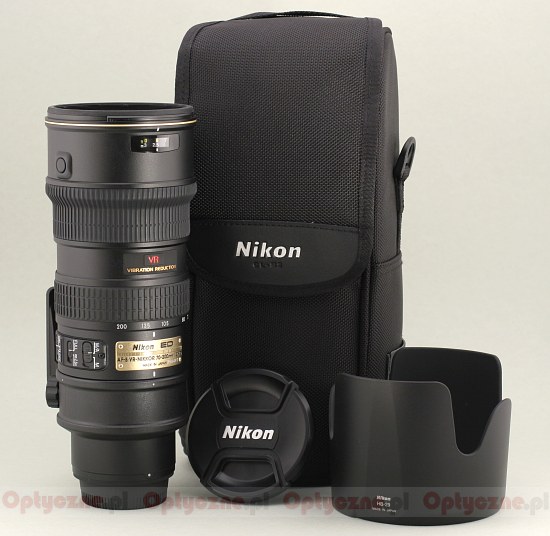 |
Stabilization
The producer emphasizes that the stabilization of the lens will allow us to use exposure time eight times longer than in an instrument without stabilization. It means the efficiency should be on the level of 3 EV. Conventionally we decided to check this claim taking more than a dozen series of test scene photos at 100 mm focal length and different exposure times. The effect is presented in the picture below.
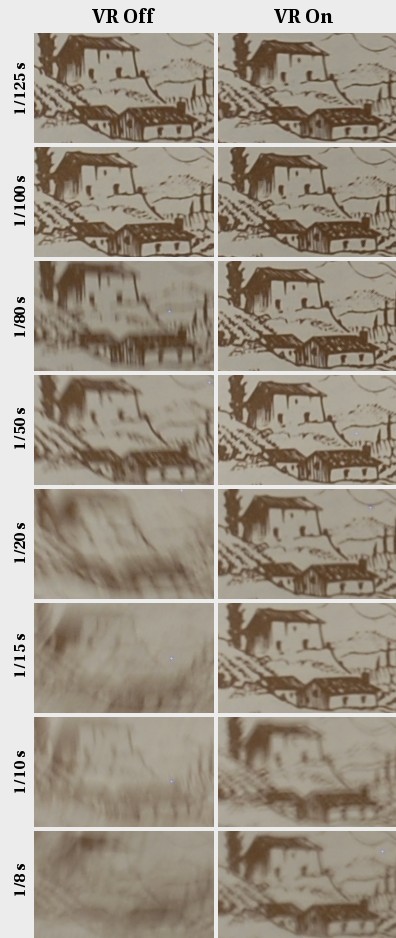
It can be clearly seen that the similar degree of fuzziness you can find in a 1/80 of a second photo taken with the stabilization off and in a 1/10 of a second photo taken with VR set in the ON position. The time is exactly 8 times longer so the claims of the producer are verified positively.




